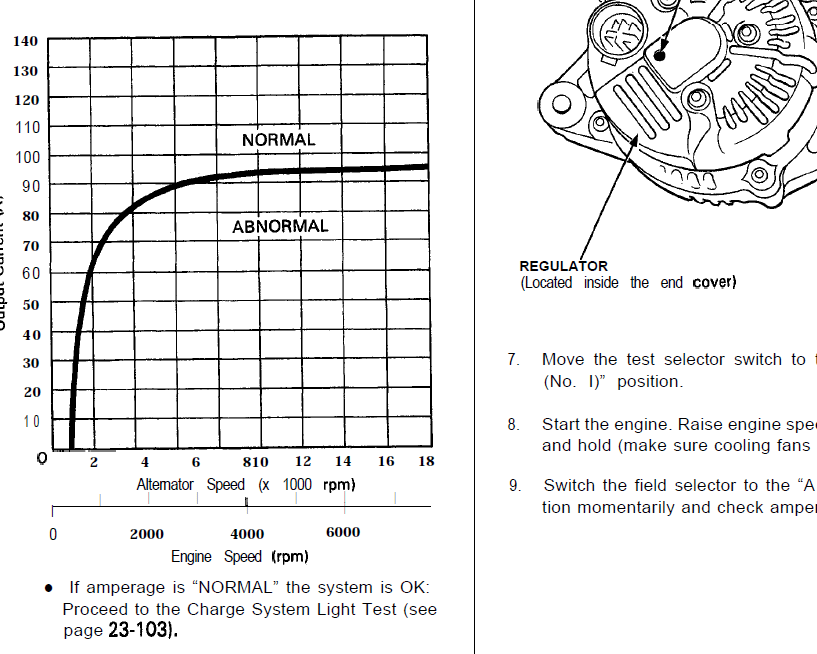Hello Everyone,
I was reading about alternators the other day when I discovered something interesting that I have never seen discussed on Prime. For those of you running the Comptech SC, you know that the OEM alternator cannot be used since the installation requires the alternator to run backwards. In order to stick with a Honda OEM part, Comptech used a 1992 Honda Prelude alternator due to its reverse direction.
Now the thing that I found interesting is that the OEM prelude alternator is rated at 90 amps while the stock NSX alternator is rated at 120 amps. This got me thinking; is there any adverse effect for running a 90 amp alternator on a car that is designed to see 120 amps? Part of me thinks that if there was a problem, Comptech would have never developed a system that relied on a part that was not compatible with our car. However, the other part of me thinks if Honda felt that a 90 amp alternator was sufficient, they would have used one. I’m not an electrical engineer and don’t have much knowledge in this area so I’d like to get everyone’s thoughts.:smile:
-Steve
I was reading about alternators the other day when I discovered something interesting that I have never seen discussed on Prime. For those of you running the Comptech SC, you know that the OEM alternator cannot be used since the installation requires the alternator to run backwards. In order to stick with a Honda OEM part, Comptech used a 1992 Honda Prelude alternator due to its reverse direction.
Now the thing that I found interesting is that the OEM prelude alternator is rated at 90 amps while the stock NSX alternator is rated at 120 amps. This got me thinking; is there any adverse effect for running a 90 amp alternator on a car that is designed to see 120 amps? Part of me thinks that if there was a problem, Comptech would have never developed a system that relied on a part that was not compatible with our car. However, the other part of me thinks if Honda felt that a 90 amp alternator was sufficient, they would have used one. I’m not an electrical engineer and don’t have much knowledge in this area so I’d like to get everyone’s thoughts.:smile:
-Steve






